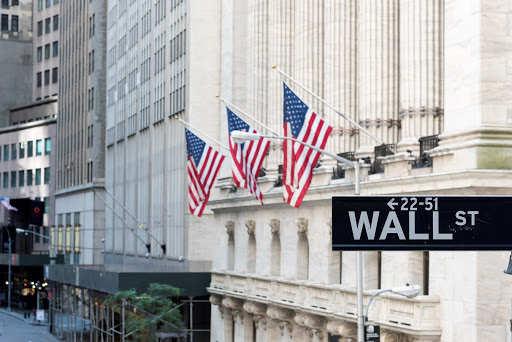INSUBCONTINENT EXCLUSIVE:
EL-ErianIf governments, companies and markets needed any further reminders that their operating environment is changing, they got it last
Despite weakening economic momentum and volatile financial markets, a second systemically important central bank, the European Central Bank,
reiterated its intention to stop using large liquidity injections to support economic activity and asset prices
25 announcement that its governing council still intends to stop large-scale asset purchases, known as quantitative easing or QE, at the end
of the year occurred in the context of what central bankers acknowledge is an increasing list of threats to their economies
pressures in emerging markets, politics and the budgetary confrontation between Italy and the European Union
signals reinforce those that the Federal Reserve has been sending for a while now
Despite weakness in housing, an historical indicator of cyclical trends for the US economy, and notwithstanding complaints by President
Moreover, this Fed team, unlike its predecessors, is less inclined to resort to soothing words to calm unsettled markets.
The increase in
market instability should come as no surprise
aimed at repressing volatility as a means of promoting economic activity
Also, central banks have been consistent and clear about their intentions to exit this phase as economic conditions allow.
The resulting
journey away from the prolonged implementation of unconventional policies inherently involves more financial and economic volatility
This is especially true given how much market participants have downplayed liquidity risk in certain segments and how many governments have
been slow in implementing pro-growth structural reforms
What the destination will look like remains an open question, however
The outcome essentially depends on the orderliness and comprehensiveness of the handoff to better economic and corporate fundamentals, as
well as the reset of market technicals.
As I have argued, this transition is made more uncertain by the divergent economic performances
within the advanced world, as well uncertainty about trade policy
It will also be tested by two elements:
1
Pockets of excessive risk-taking that emerged during the prior period of ample liquidity (from the excessive reach for yields, including
through off-benchmark investor exposures, to the spread of products that implicitly promise immediate liquidity at reasonable bid-off
spreads notwithstanding the inherently structural illiquid nature of the underlying assets).
2
The extent to which certain governments and corporates used the period of unusually low interest rates to pile on too much debt and allow
excessive currency mismatches to emerge.
The message to governments, corporates and market participants is clear: Central banks are dead
serious about getting out of the business of suppressing volatility, and the process could be approaching critical mass
Much like what happens to you when you take off those fancy noise cancellation headphones in midflight on a plane and notice all sorts of
noises around the cabin, markets and economies are becoming more sensitive as QE and guidance on low rates decay.
Economic actors and market
participants need to get ready for greater environmental instability as monetary policy transitions away from unusual and experimental
measures to historically more recognizable ones
This change has the potential to place both the global economy and markets on a more solid fundamentally based foundation over the
But it also requires timely adaptations in both or the possibility of the better could give way to the agony of the worse.

